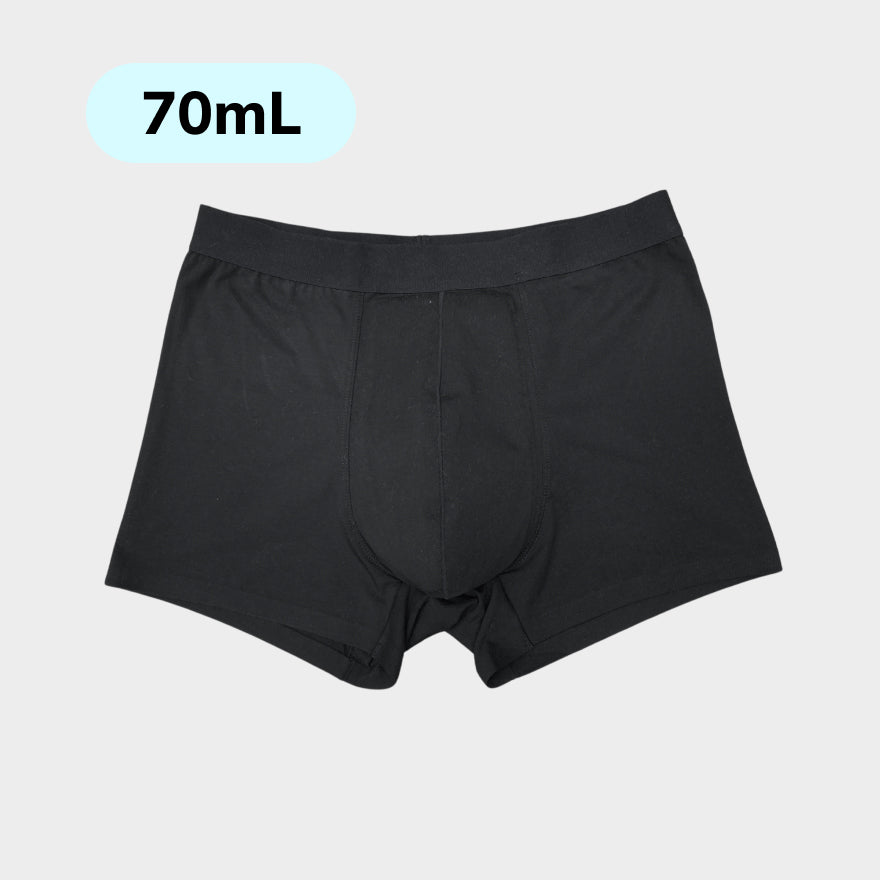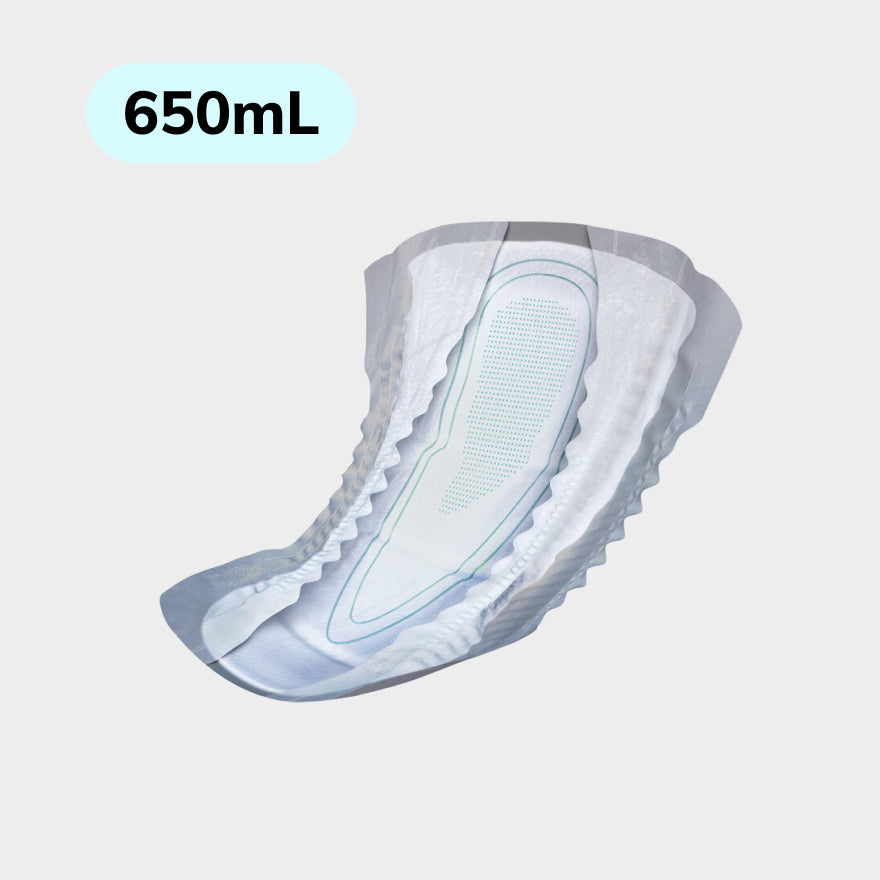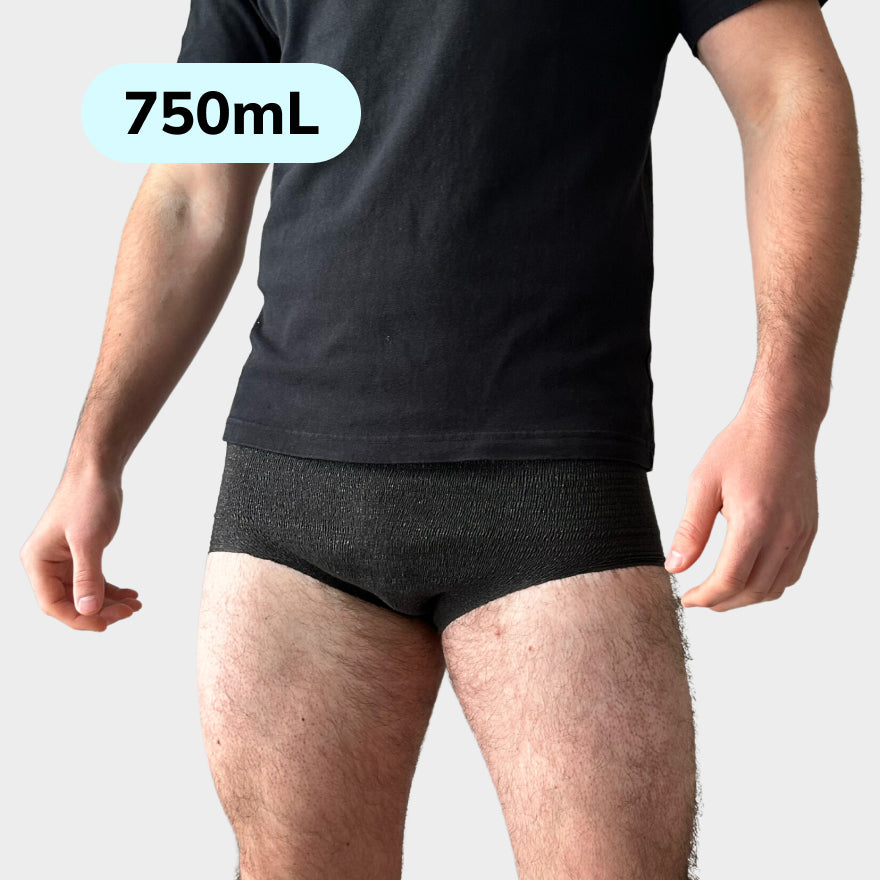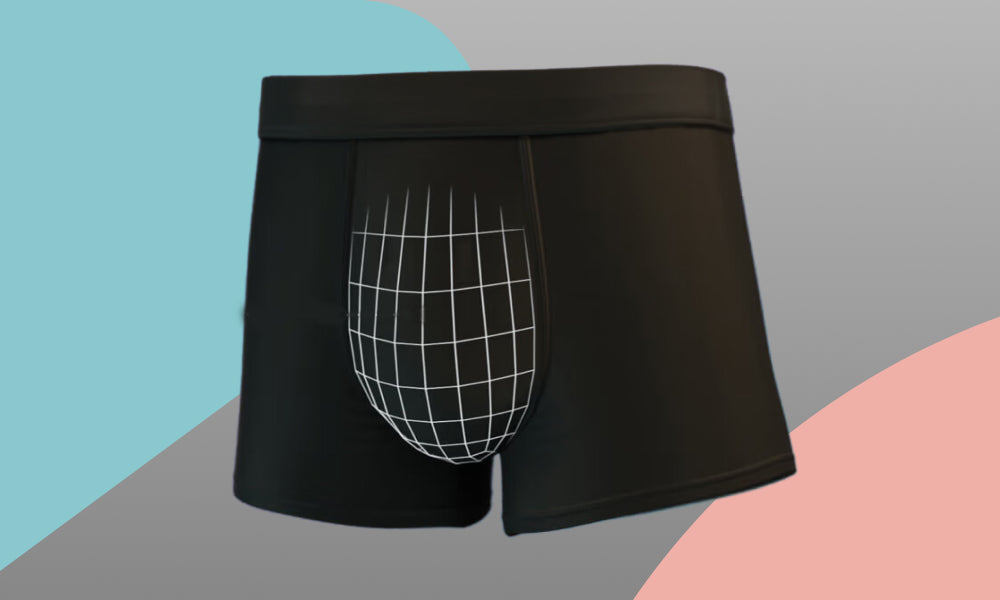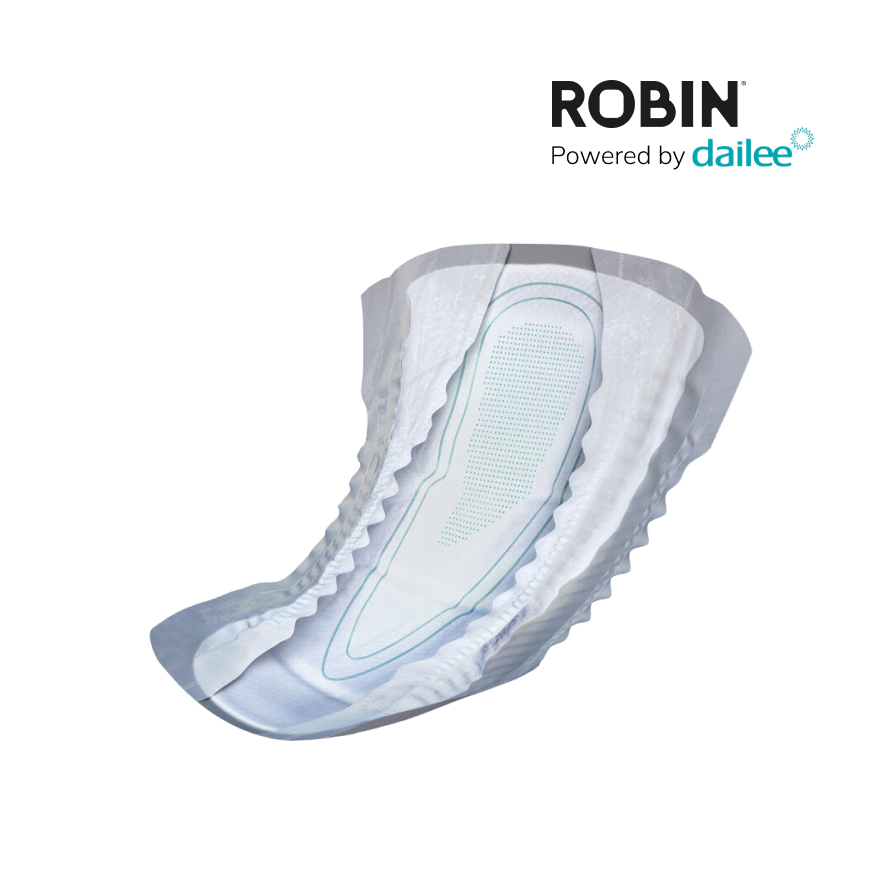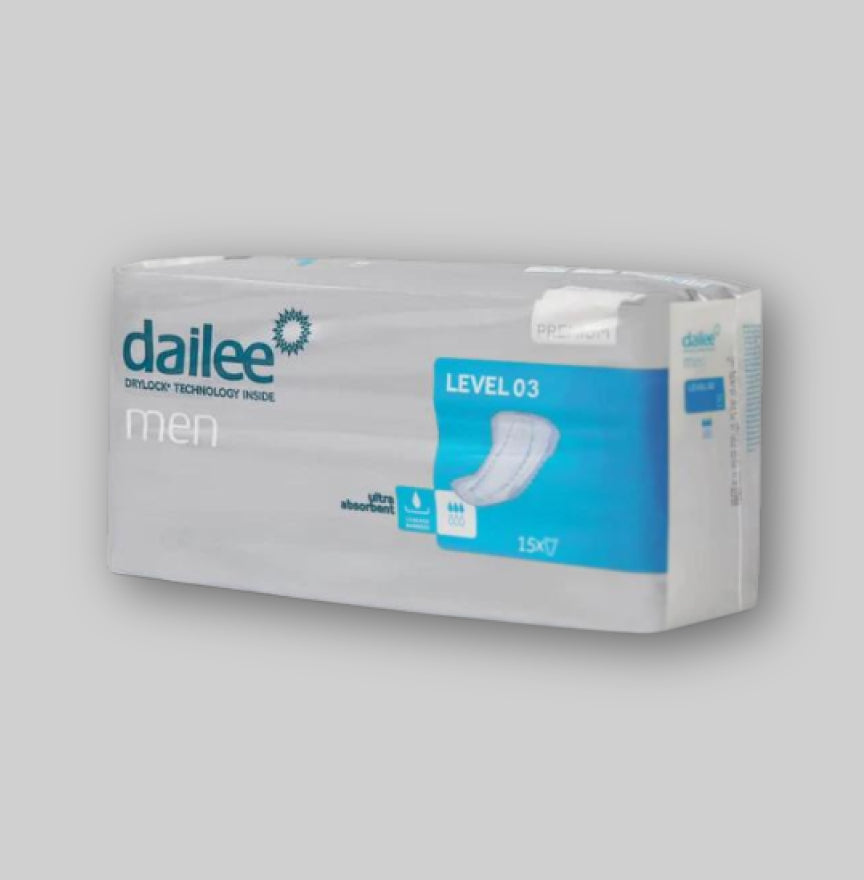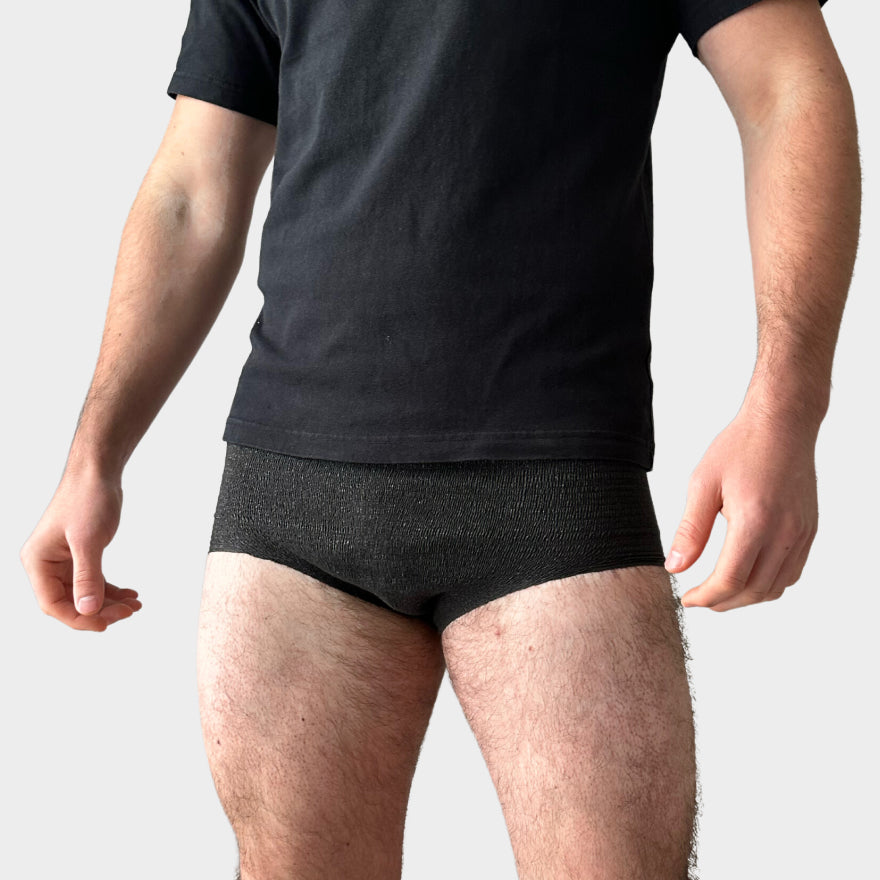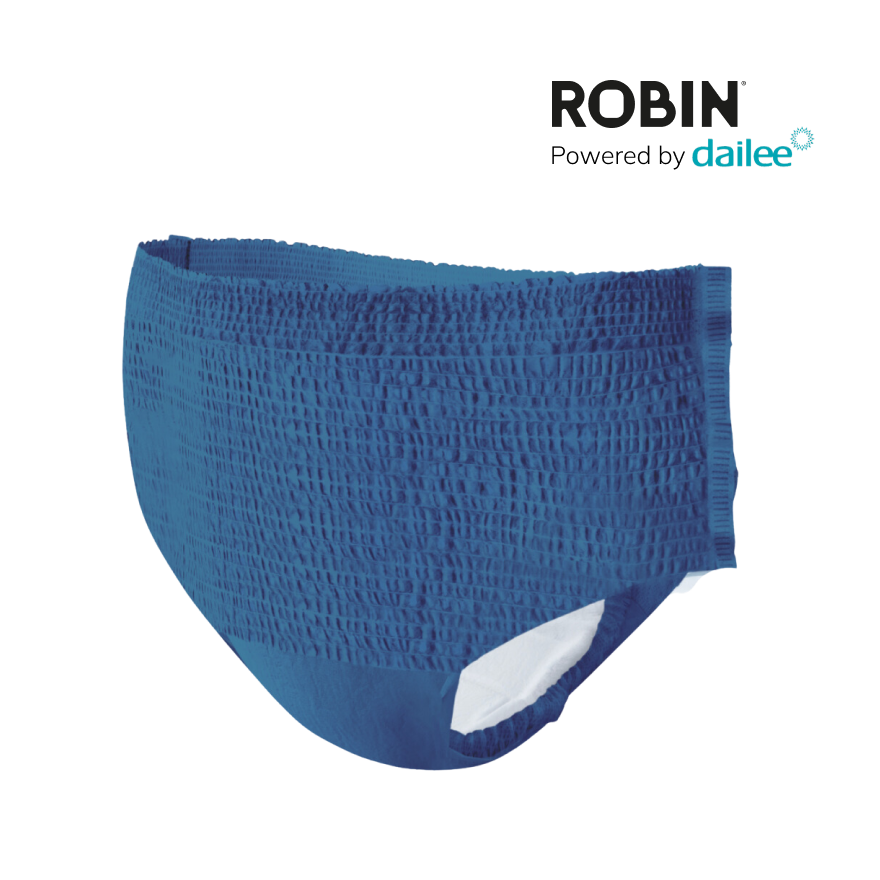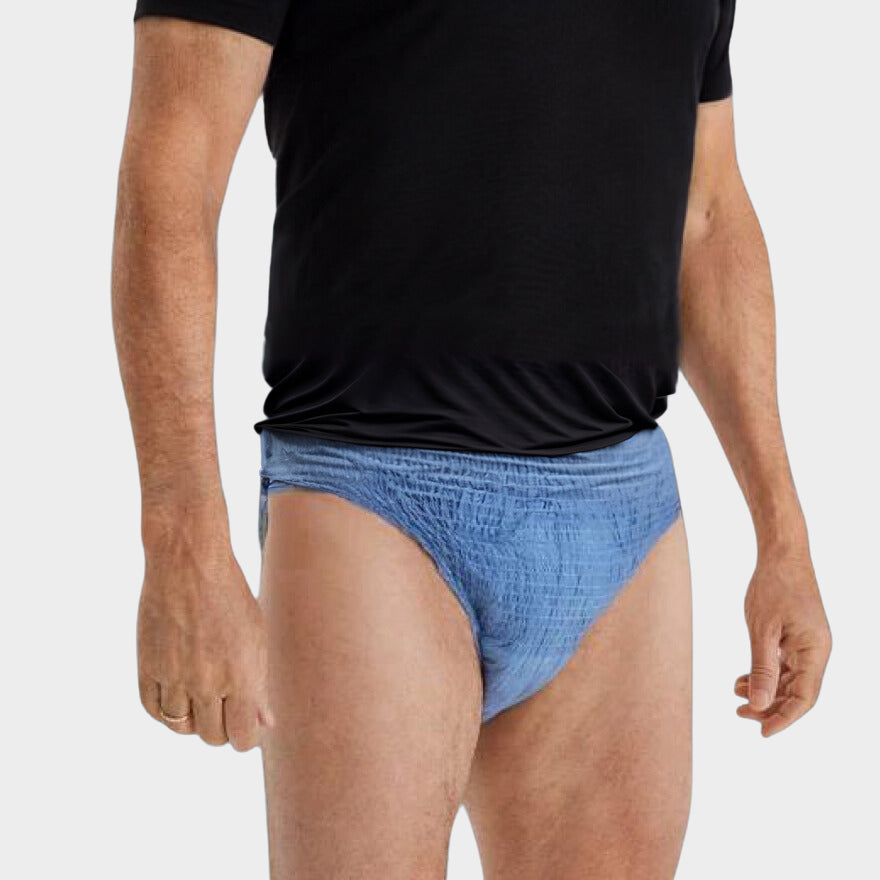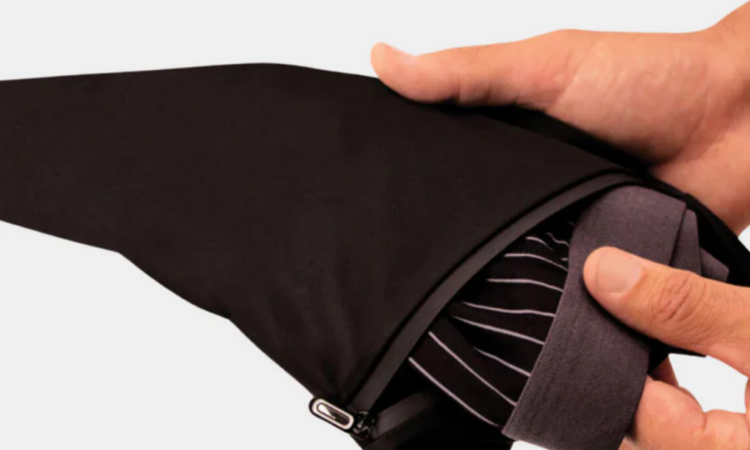Adult bedwetting, known medically as nocturnal enuresis, is a condition in which a person inadvertently leaks urine at night while sleeping. It is a problem that often goes undiscussed due to the shame and social stigma attached to it. However, it is important to recognize that adult bedwetting is a treatable medical condition that affects an estimated 2% of the adult population.

Causes of bedwetting in adults can vary and are often complex. Factors that contribute to the occurrence of nocturnal enuresis may include genetic predisposition, urinary tract infections, hormonal imbalance, neurological abnormalities, prostate problems in men, or the effects of certain medications.
Diagnosing bedwetting in adults is a process that requires a thorough medical evaluation. It consists of analyzing clinical history, physical examination, and possibly additional tests such as urinalysis, blood tests, urological tests, or sleep studies. Treatment depends on the underlying cause and can range from behavioral therapy and medications to the use of medical devices or surgery in rare cases.
Definition of bedwetting

Bedwetting, also called nocturnal enuresis, is the involuntary loss of urine during sleep in individuals over the age of five.
Causes of bedwetting in adults
The causes of bedwetting in adults are diverse and can include both psychological and physical factors. Examples include:
- Psychological factors : stress, anxiety and depression.
-
Physical factors :
- Urinary tract infections
- Diabetes
- Neurological disorders
- Sleep Apnea
- Hormonal imbalance
Types and degrees of bedwetting
Bedwetting in adults is divided into two main types:
- Primary enuresis : People who have never experienced a prolonged period of dryness.
- Secondary enuresis : Persons who have started wetting the bed again after a period of dryness.
The grades can range from mild to severe depending on the frequency and volume of urine loss.
Diagnosis of bedwetting

Bedwetting in adults can indicate underlying conditions. A thorough diagnosis is necessary to determine the cause and start appropriate treatment.
Medical evaluation
The medical evaluation begins with a detailed history. The physician collects information about the frequency and volume of bedwetting. Important factors here are the patient's history, including any urinary tract problems, surgeries, and medication use. Lifestyle and dietary habits are also discussed, as these can influence the symptoms.
-
Factors to consider:
- History of urinary tract problems
- Recent operations
- List of current medications
- Caffeine and alcohol consumption
- Fluid intake before bedtime
Psychological evaluation
During the psychological evaluation, the doctor will look at whether psychological factors contribute to bedwetting. Stress, anxiety, and depression are examples of conditions that can cause or worsen bedwetting.
-
Points of attention:
- Current stress levels
- Emotional well-being
- History of mental disorders
Diagnostic tests
Several diagnostic tests may be needed for a definitive diagnosis. Urine tests rule out infections and blood tests check for possible abnormalities in kidney function. Imaging tests such as an ultrasound of the bladder provide insight into structural problems.
-
Commonly used tests:
- Urinalysis: to detect infections and other abnormalities
- Blood test: to check kidney function
- Ultrasound: for assessing anatomical structures
Treatment and management
Treatment for bedwetting in adults focuses on reducing the incidence and providing coping strategies. Therapies range from medications to behavioral interventions.
Medication
Several medications can help treat bedwetting. Desmopressin reduces urine output at night, and anticholinergics , such as oxybutynin, help increase bladder capacity. Side effects and contraindications should be carefully considered.
Non-drug therapies
- Bladder training : Regular urination breaks during the day
- Pelvic floor therapy : Strengthening the muscles that control the urethra
Behavioral interventions
- Toilet Training : Increasing Control and Awareness
- Alarm : A device that sounds an alarm at the first signs of moisture
Alternative remedies
Alternative remedies include:
- Acupuncture
- Hypnotherapy However, scientific support for these methods is limited.
Psychosocial impact

Bedwetting in adults not only has practical consequences, but also deeply affects the psychosocial aspects of a person's life. The impact often extends beyond the incident itself and can affect self-image and social interactions.
Effect on mental health
Adults who experience bedwetting may experience feelings of shame and frustration. Depression and anxiety disorders are not uncommon, as self-confidence and self-esteem are negatively affected. Often, the fear of recurrence leads to insomnia or disrupted sleep patterns, further compromising overall mental health.
-
Emotional effects :
- Shame
- Decreased self-confidence
- Frustration
Social and relational consequences
The social life of a bedwetting sufferer can be considerably strained. Activities such as sleepovers, vacations or intimate relationships can be experienced as stressful. Avoiding such situations can lead to isolation and loneliness.
-
Social impact :
- Avoiding social activities
- Limitations in personal relationships
- Potential isolation
Interpersonal relationships, especially romantic ones, can become strained or complicated by fear of rejection or discomfort in discussing bedwetting. Communication and mutual understanding are essential, but these situations often take a lot out of both parties.
Prevention and self-care
Bedwetting in adults can impact self-esteem and quality of life. Prevention and self-care are essential to reduce the frequency and severity of episodes.
Preventive measures
Taking preventive measures can help reduce bedwetting in adults. Some measures include:
- Avoid fluid-rich drinks before bed: Limit fluid intake 2-3 hours before bedtime.
- Maintain a healthy weight: Being overweight can increase the risk of bedwetting by putting pressure on the bladder.
Self-management techniques
Applying self-management techniques can help adults gain control over bedwetting. Examples include:
- Bladder training: Gradually increase the time between toilet visits throughout the day to increase bladder capacity.
- Pelvic Floor Exercises: Strengthen the muscles that support the urethra with Kegel exercises.
Support and Resources
Adults who are struggling with bedwetting have access to a wide range of support options and resources that can help improve their condition and wellbeing.
Support groups and communities
In many cities and online, there are active support groups and communities that focus on adults with bedwetting. Members can share experiences, find support and learn from each other's coping strategies.
- Local support groups: Regularly organised meetings where people can talk to others in the same situation in person.
- Online communities: Forums and social media groups provide an opportunity to share experiences and receive support at any time.
Professional guidance
Professionals such as urologists or continence therapists provide specialized guidance. They can develop customized treatment plans and monitor progress.
- Medical providers: Specialists who can diagnose and treat underlying medical causes.
- Behavioral therapists: These professionals can work on the emotional aspects of bedwetting, such as shame and stress.
